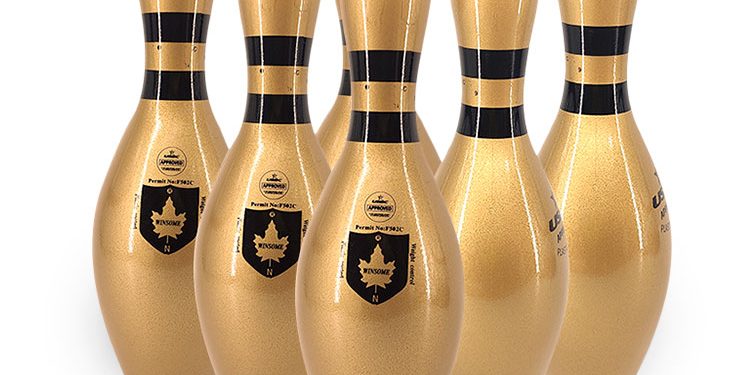Bowling pins are not just targets; they are integral to the scoring process in the sport of bowling. In this blog post, we’ll take a closer look at the role of bowling pins in scoring and how pin action can affect a bowler’s performance.
Pin Scoring Basics
In traditional ten-pin bowling, there are ten frames in a game, and each frame consists of two rolls. The goal is to knock down as many pins as possible with each roll and achieve the highest score.
Pin Value
The value of each pin knocked down depends on when it is knocked down:
- A pin knocked down during the first roll in a frame is worth its face value (e.g., one pin = 1 point).
- A pin knocked down during the second roll in a frame is also worth its face value.
- If a player knocks down all ten pins with their first roll (a strike), they are awarded ten points for that frame plus the total pins knocked down with their next two rolls.
- If a player knocks down all ten pins with their second roll (a spare), they are awarded ten points for that frame plus the total pins knocked down with their next roll.
Pin Action
Pin action refers to how pins react and interact with each other when struck by the bowling ball. The angle and direction at which pins are knocked down can affect the number of pins that fall in subsequent rolls, potentially leading to strikes or spares.
Strategic Pin Placement
Experienced bowlers often aim to achieve specific pin placements with their shots, increasing the likelihood of favorable pin action. Strategic pin placement can lead to higher scores and a more enjoyable bowling experience.
Conclusion
Understanding the role of bowling pins in scoring is fundamental to becoming a skilled bowler. Whether you’re a casual bowler or a competitive one, recognizing how pin value and pin action work can help you refine your strategy and enhance your performance on the lanes.






